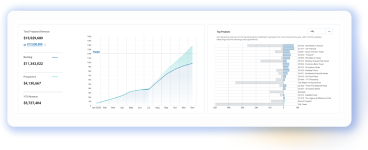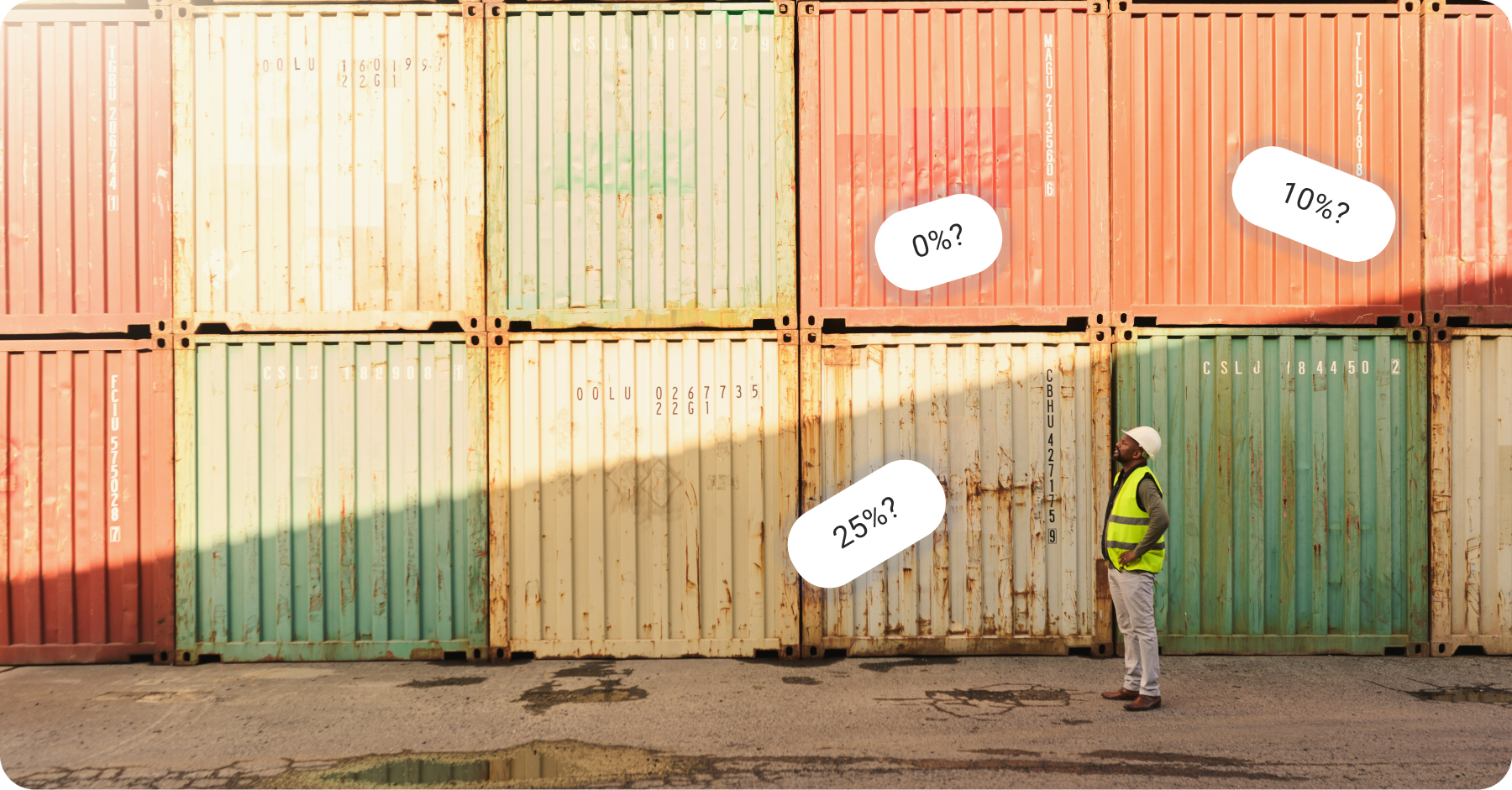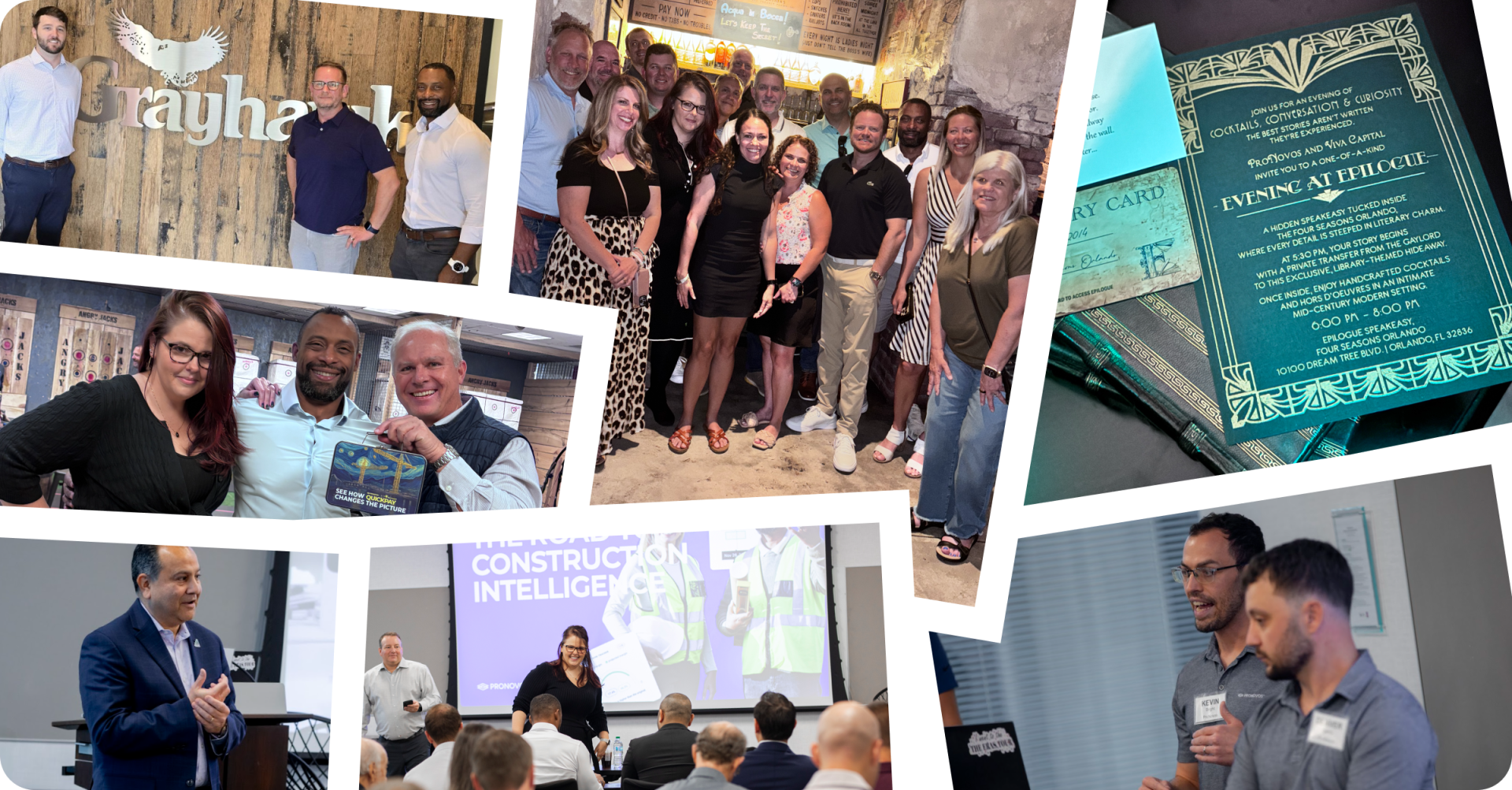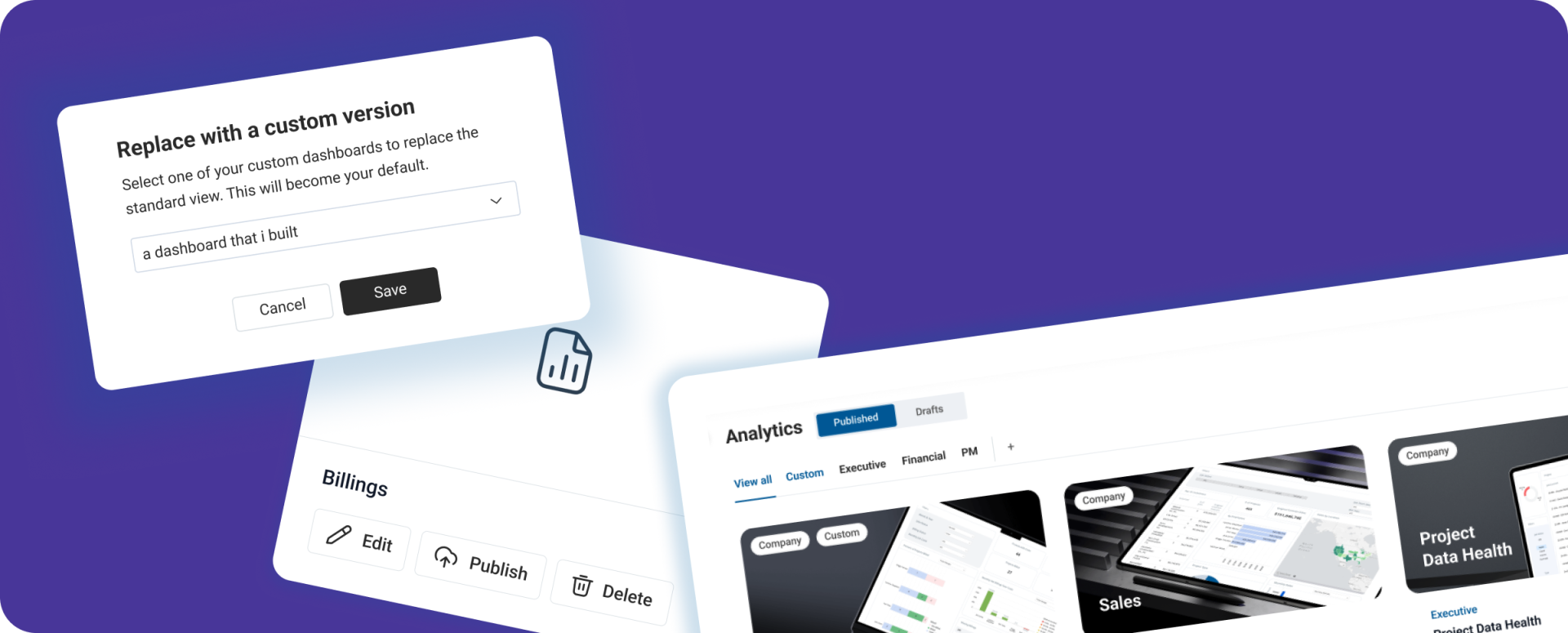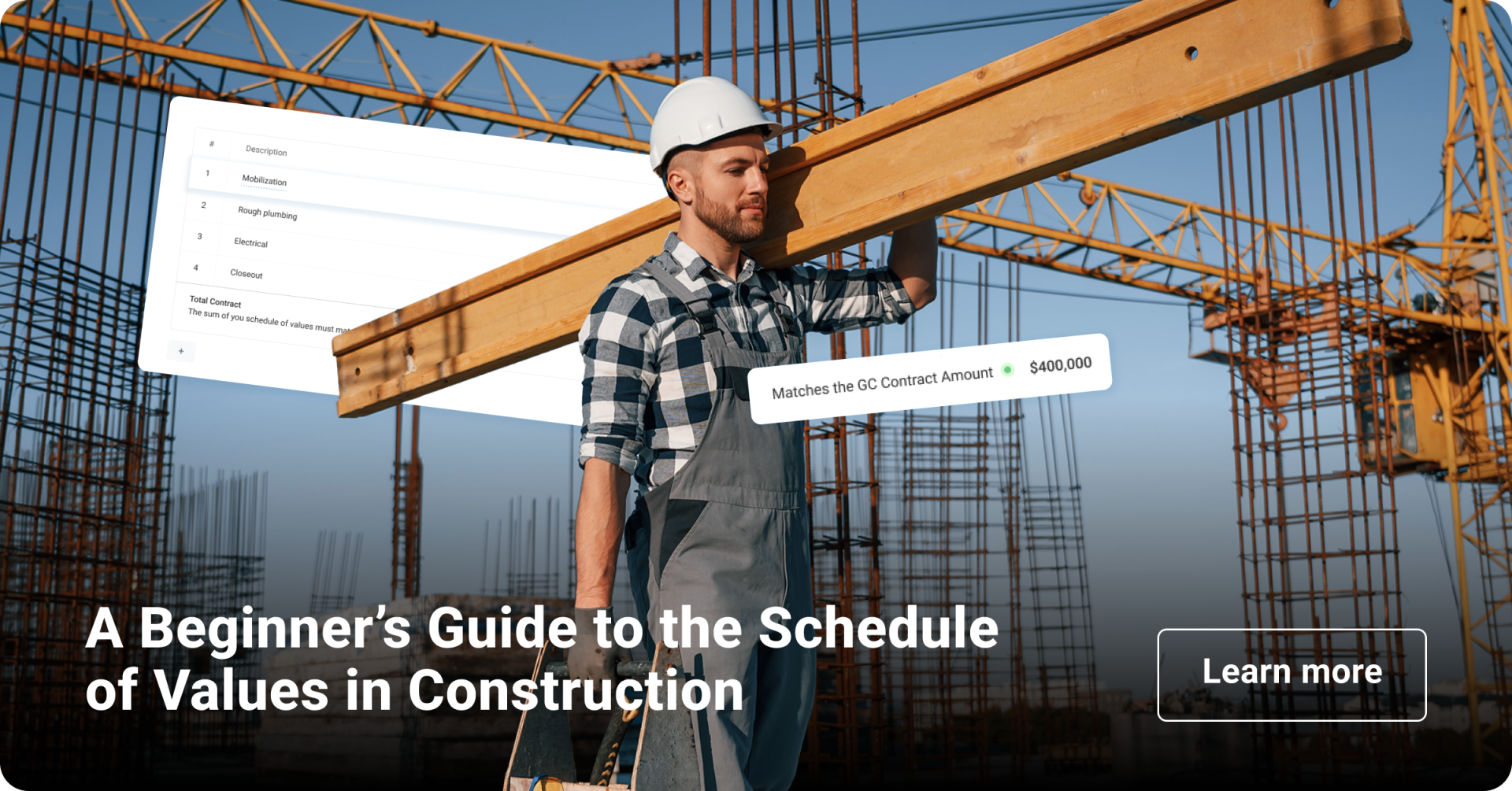We’ve all heard the noise—tariffs on materials from China, Canada, Mexico, and the EU and those are the ones we know about. On February 3, the tariffs for Mexico and Canada were delayed for 30 days, but who knows what will happen next? If you’re a contractor, the question isn’t if this affects you. It’s how much—and are you ready?
So, let’s talk about tariffs.
Tariffs are particularly interesting to me as I’ve spent over a decade knee-deep in construction data from 500+ contractors, analyzing market shifts, financial impacts, and everything in between. To give you an idea, I’m talking about hundreds of billions of dollars in contract value. If there’s one thing I’ve learned, it’s this: contractors who wait to react get burned. The ones who think ahead, anticipate change, and adjust early? They’re the ones who thrive.
